Streets at Banchory’s new eco village are to be named after muses featured in painted ceilings at nearby Crathes Castle.
Names were needed for streets at the Woodend development on the outskirts of the town.
Developers will now use the titles Clio Mews, Thalia Mews and Calliope Mews from paintings on the ceiling of the 16th Century castle’s Muses Room.
And it was approved despite some concerns locals do not know enough about classical mythology to get the references…
Who are the muses at Crathes Castle?
The muses are the daughters of Zeus, from classical mythology, and are said to preside over the arts and sciences.
While there are nine muses in total just three were chosen for the new street names – but who are they?
Clio
Clio is the muse of history and is often shown with an open scroll or a set of books.
But in the painting at Crathes she is shown with an open book which reads ‘Here is Clio, first of nine muses’.
She is sometimes referred to as ‘the Proclaimer’, significantly predating her singing Scottish namesakes.
Thalia
Thalia is the muse of comedy and poetry.
She is traditionally pictured with a comic mask but at Crathes she is shown playing a fiddle.
Many statues of Thalia have her holding a bugle and a trumpet, while others feature a shepherd’s staff or a wreath of ivy.
In theatre, the act of pulling someone off the stage with a hook is a reference to Thalia’s crook.
Calliope
Finally Calliope is the muse of epic poetry and rhetoric.
She is traditionally shown with either a writing tablet, scroll or harp.
At Crathes she is seen holding a harp.
According to mythology she was the wisest of the nine muses.
Community council says ‘it’s all Greek to me’
The proposed monikers were sent to Drumoak and Durris Community Council and Marr councillors for their views.
But members of the community council didn’t support them and put forward their own suggestions instead.
They believed that the names “weren’t appropriate” as anyone not familiar with the area wouldn’t know who the names referred to.
Members asked for Coyburn, Bennieburn, Denwood and Carleith to be used in a nod to features in the surrounding area.
But they were told Coyburn and Bennieburn were “not suitable” as other streets nearby already use them.
Banchory street names unanimously backed by councillors
Members of Aberdeenshire Council’s Marr area committee recently approved the names.
Councillor Ann Ross argued that the names were appropriate as the development lies on the border of Crathes.
The committee unanimously agreed with her, and the National Trust has since expressed its “excitement”…
Names will introduce new families to ‘rich heritage of the area’
The historic castle was owned by the Burnett family for more than 350 years before it was handed over to the National Trust for Scotland in 1951.
The National Trust said the new street names were “very exciting” and thanked the developers and councillors for making the decision.
A spokesperson for the conservation charity said: “This considerate naming will help introduce new families to the rich heritage of the area and reflects the national importance of the cherished Crathes ceilings.”
Are you a fan of the names selected? Let us know in our comments section
New Banchory eco village to combat climate change
Plans for the eco village were approved by the Marr area committee last November.
A total of 32 homes, a mix of two to five-bedroom properties, will be built on a site off Harestone Road.
The self-sufficient neighbourhood will be located near the Woodend Barn and Tesco superstore.
Every home will be fitted with an air source heat pump for hot water and heating while solar thermal panels will be installed to provide energy.
Duncan’s of Banchory: Plans to turn former furniture store into new shops and flats
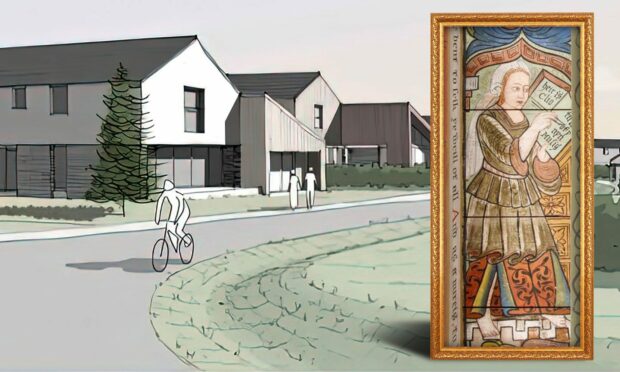
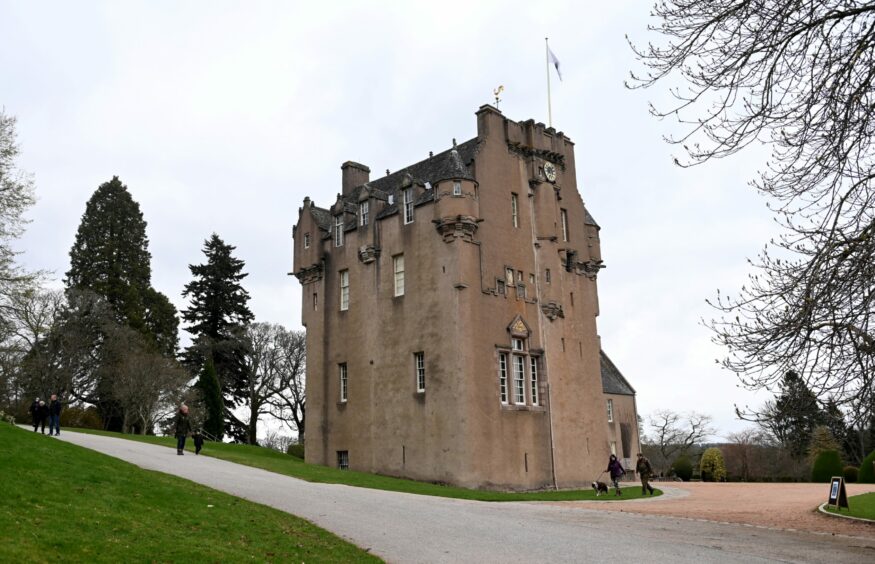
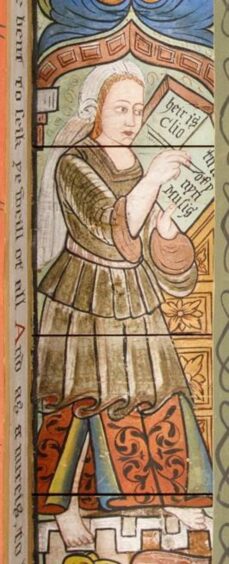
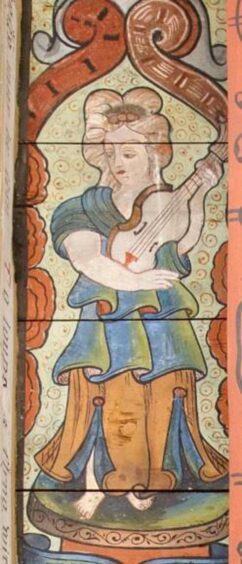


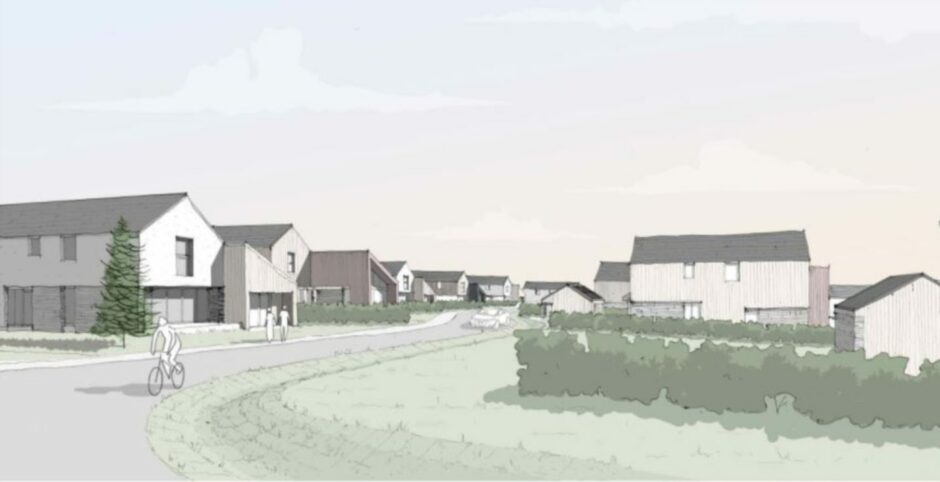
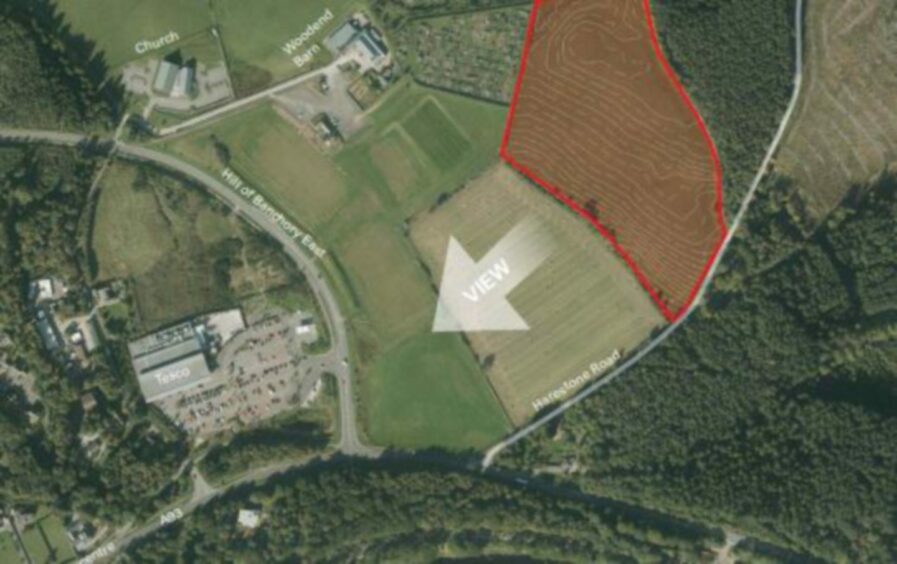

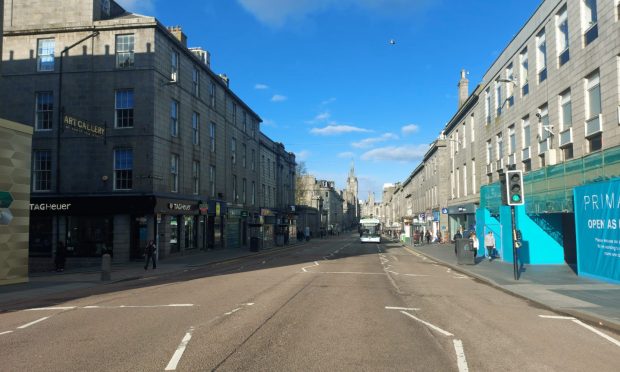
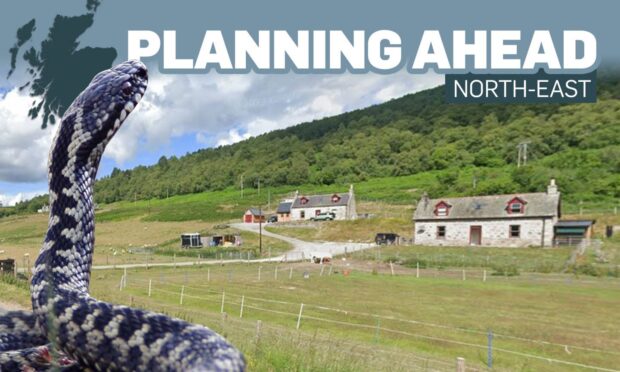



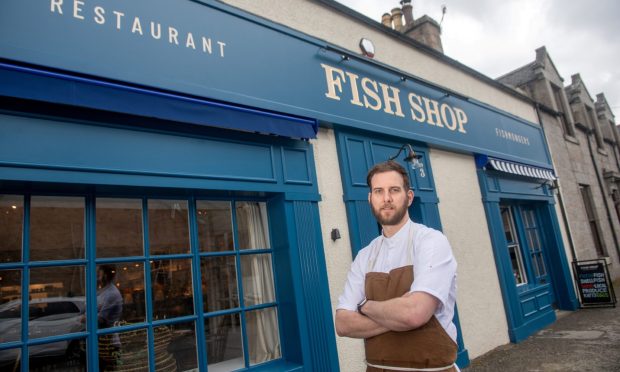



Conversation